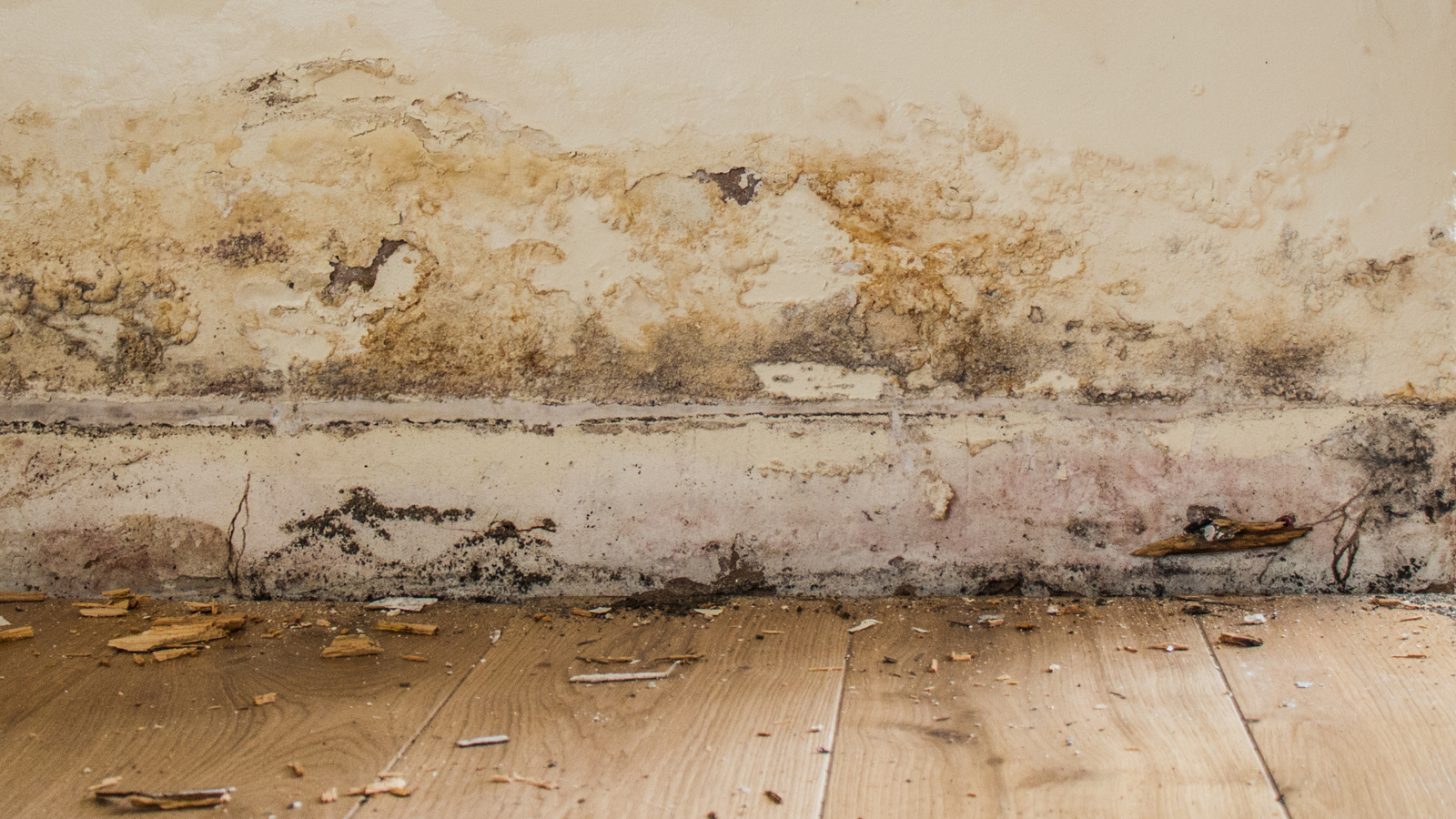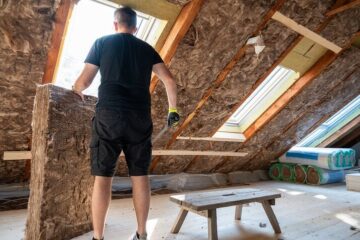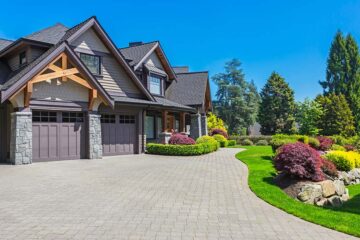Menace of Rising Damp: Causes, Effects, and Remedies

Rising damp is a persistent issue that plagues buildings, causing structural damage and posing potential health risks. It occurs when ground moisture ascends through porous building materials, such as brick and mortar, reaching higher levels of a structure. Understanding the causes, recognising the effects, and implementing effective remedies are crucial in mitigating the impact of rising damp.
Causes of Rising Damp
The primary cause of rising damp is capillary action, where water is drawn upwards through small spaces in porous materials. Common sources include:
- Groundwater Saturation: In areas with high groundwater levels or poor drainage, the soil surrounding a building can become saturated. This water is then absorbed by the building materials.
- Lack of Damp Proof Course (DPC): A damp-proof course is a barrier installed during construction to prevent rising damp. In older buildings or those with inadequate construction, the absence or failure of a DPC can lead to rising damp.
- Faulty DPC Installation: Even in buildings with a DPC, improper installation or damage over time can compromise its effectiveness, allowing moisture to penetrate.
Effects of Rising Damp
The consequences of rising damp can be far-reaching, affecting both the structural integrity of a building and the health of its occupants:
- Structural Damage: The continuous presence of moisture weakens building materials, causing decay and deterioration. This can lead to crumbling plaster, eroded mortar, and even damage to load-bearing walls.
- Mold and Mildew Growth: Damp environments provide an ideal breeding ground for mold and mildew. These fungi not only contribute to an unpleasant odor but also pose health risks, particularly for individuals with respiratory conditions.
- Damage to Interior Finishes: The aesthetic appeal of a property is compromised as rising damp often results in unsightly stains, blistering paint, and peeling wallpaper.
- Energy Inefficiency: Damp walls can reduce the thermal efficiency of a building, making it more difficult and expensive to maintain a comfortable indoor temperature.
Identifying Rising Damp
Recognising the signs of rising damp is crucial for early intervention. Common indicators include:
- Tide Marks: Stains or discoloration on walls, often forming a distinct horizontal line, indicate the height to which moisture has risen.
- Deteriorating Plaster: The plaster on affected walls may become soft, crumble, or exhibit a powdery texture.
- Musty Odor: The presence of dampness often accompanies a musty smell, signaling the growth of mold or mildew.
- Rotting Skirting Boards: Timber elements in contact with rising damp may show signs of rot, compromising their structural integrity.
Remedies for Rising Damp
Addressing rising damp involves a combination of preventive measures and remedial actions:
- Damp Proof Course Installation or Repair: Installing a new DPC or repairing a damaged one is a fundamental step in preventing further moisture ingress.
- Improved Ground Drainage: Ensuring proper drainage around the building can reduce groundwater saturation, minimising the risk of rising damp.
- Ventilation: Adequate ventilation is essential to keep moisture levels in check. This can include the installation of airbricks and the use of mechanical ventilation systems.
- Treatment of Affected Areas: Treating affected areas with specialised damp-proofing solutions, such as chemical damp-proof courses or waterproof membranes, can provide an additional layer of protection.
Conclusion
Rising damp is a persistent and damaging issue that requires prompt attention to prevent long-term consequences. By understanding its causes, recognising early signs, and implementing effective remedies, homeowners and building occupants can safeguard their properties from the insidious effects of rising damp. Timely intervention not only preserves the structural integrity of a building but also ensures a healthier and more comfortable living environment for its inhabitants.








